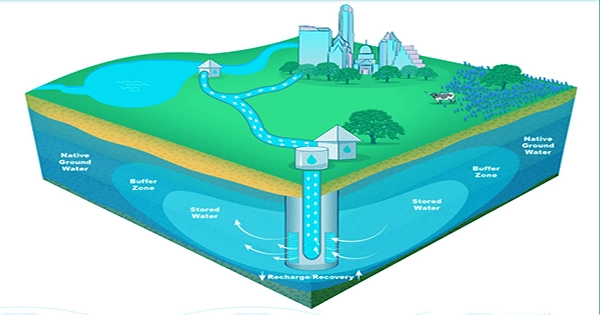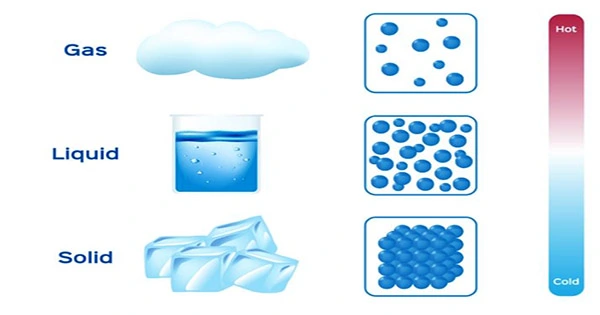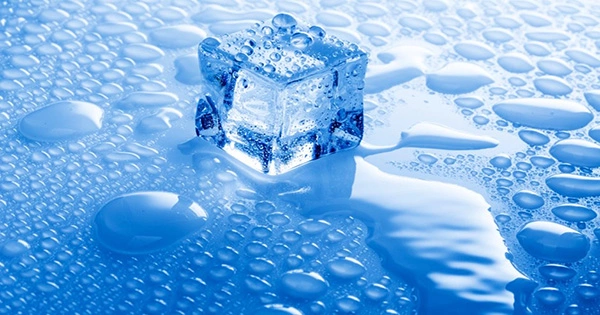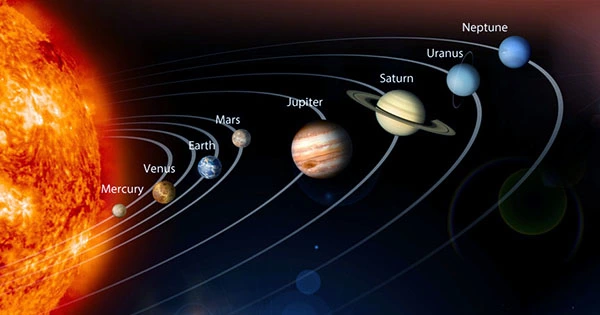An aquifer is a layer of porous rock, sand, or gravel that contains and transmits water, allowing it to be stored and retrieved for use. The water in an aquifer is typically underground and can be accessed through wells or other means. Aquifers are an important source of freshwater for many regions around the world and are often used for drinking water, irrigation, and other purposes. However, overuse of aquifers can lead to depletion, which can have serious environmental and economic consequences.
There are several types of aquifers, including:
- Unconfined Aquifers: These are aquifers where the water is not confined by an impermeable layer of rock or sediment. They are typically close to the surface and are vulnerable to contamination.
- Confined Aquifers: These are aquifers where the water is confined by an impermeable layer of rock or sediment, such as clay. The water in these aquifers is often under pressure and can be a good source of high-quality water.
- Leaky Aquifers: These are aquifers that contain both permeable and impermeable layers. Water can move through the permeable layers but is restricted by the impermeable layers.
- Fractured Aquifers: These are aquifers where the rock is fractured, allowing water to flow through the fractures. These types of aquifers are common in mountainous regions.
- Karst Aquifers: These are aquifers that are formed in limestone or other soluble rocks. The water in these aquifers can flow quickly through underground channels and caves.
- Artisan Aquifers: These are aquifers where the water rises to the surface under its own pressure. These types of aquifers are often found in arid regions.
The type of aquifer depends on the geological characteristics of the area and the way the water is stored and transmitted through the rock or sediment.
Is an Aquifer an Underground River?
No, an aquifer is not an underground river. While both an aquifer and an underground river involve water flowing underground, they are different in a few key ways.
An aquifer is a layer of rock, sand, or gravel that is permeable enough to allow water to flow through it and be stored within it. The water in an aquifer may come from precipitation that has percolated down through the ground, or from surface water that has seeped into the ground. The water in an aquifer is not necessarily moving in any particular direction but may be stored within the porous layers of rock or sediment.
An underground river, on the other hand, is a body of water that flows underground in a defined channel or conduit. A variety of geological processes, including the erosion of soluble rock such as limestone, can form underground rivers. Unlike an aquifer, an underground river is characterized by the movement of water in a specific direction along a channel or conduit.
In summary, while both aquifers and underground rivers involve water flowing underground, they differ in the way the water is stored and moves through the geological formations.
What does an aquifer look like?
Aquifers are not visible to the naked eye as they are located underground. However, some of the features associated with aquifers may be visible on the surface, such as springs, wetlands, or other surface water features.
The rock or sediment that makes up an aquifer may have different colors or textures than the surrounding rock, but these differences may not be readily apparent without close examination or testing. The thickness and depth of an aquifer can also vary greatly depending on the geology of the region.
In order to identify and understand aquifers, hydrogeologists and other scientists use a variety of tools and techniques, such as drilling wells, taking water samples, and using geophysical methods to map the subsurface geology. These methods allow scientists to visualize and analyze the characteristics of aquifers and the movement of water within them.
Why are aquifers important?
Aquifers are important for several reasons:
- Drinking water: Aquifers are a major source of freshwater for human consumption. In many regions around the world, groundwater from aquifers is pumped to the surface and treated for drinking water.
- Agriculture: Aquifers are used to irrigate crops, which is especially important in arid and semi-arid regions. In fact, about 70% of global freshwater withdrawals are used for agriculture, and much of this water comes from aquifers.
- Industry: Aquifers are used by industries for a variety of purposes, such as cooling water for power plants, and for manufacturing processes.
- Ecosystems: Aquifers provide water for wetlands, streams, and other aquatic habitats. These ecosystems are critical for biodiversity and provide important ecosystem services, such as water filtration and nutrient cycling.
- Climate regulation: Aquifers can also play a role in regulating the Earth’s climate by storing and releasing carbon. For example, some aquifers contain organic matter that can store carbon for thousands of years.
However, overuse and contamination of aquifers can have serious environmental and economic consequences. Aquifer depletion can cause land subsidence, reduce water availability, and lead to saltwater intrusion in coastal regions. Contamination of aquifers can also harm human health and ecosystems. Therefore, it is important to manage and protect aquifers to ensure their sustainability and availability for future generations.
















